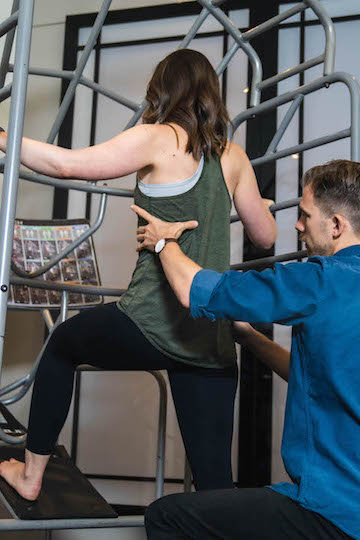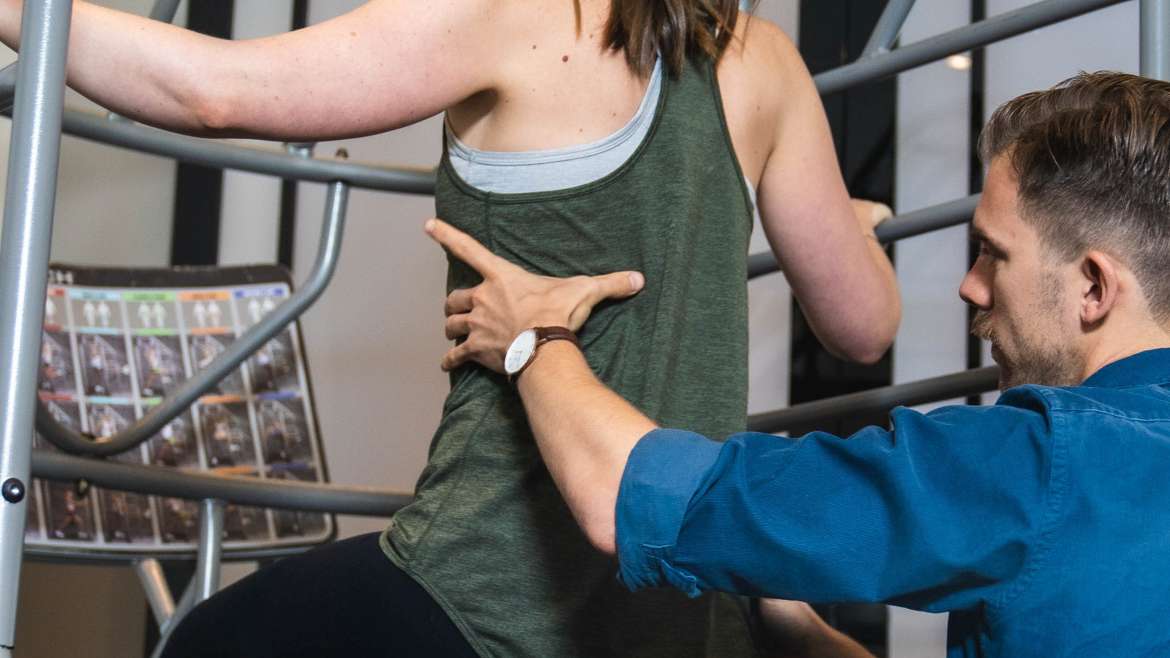By Dr David Sokoloff (Osteopath) |
Osteopathy is fundamentally based on principles such as treating the body as an integrated unit. This means that so long as the practitioner abides by those principles, Osteopathy will (and should) look and feel different in the way it is applied by each practitioner. This principle-based approach has led to large variations in how Osteopathy is applied.

The end result is one which maintains the pathology-informed, hands-on approach of traditional Osteopathy, whilst exploring the benefits of active movement. This sub-category, sometimes referred to as “movement-based Osteopathy”, looks at how a patient moves through time and space and uses this as the basis for finding solutions to pain and dysfunction. More specifically, there is an emphasis on task-specific assessment, treatment and rehabilitation – where the treatment table is substituted for upright, functional positions.
Why do we injure ourselves?
Injuries generally occur during common movements we perform in our day to day life. I go to pick up my dogs toy from the ground and something twinges in my back. At the end of a round of golf, my knee hurts. I go for a run and my achilles hurts. I toss and turn all night and wake up with a sore neck.
Understanding the details of these movements allows us to play detective, hopefully gaining an understanding of WHY an area of the body has become injured. Once we find the culprit, we can work to move stiff areas, strengthen weaknesses and re-teach the body new patterns. The end result is a breaking of the cycle that causes the same injuries to reoccur time and time again. This a fundamentally different outcome to any band-aid approaches that may have been used in the past.
If you love getting on the treatment table, and the warm fuzzy feelings that often result from lying down and having your body worked on, then a movement-approach might not be for you. But if you want a sustainable solution to a recurrent problem, then it just might be the answer you’ve been looking for.
If you’d like to speak with Dr David Sokoloff or any of our other practitioners about movement-based therapy or any other concerns, then please feel free to contact us by phone or email.


